Are you ready to embark on a colorful journey of creativity and imagination? Welcome to Art Hub for Kids, your ultimate source for inspiration, projects, and tips that will unleash the artist within you!
Are you fascinated by the vibrant strokes of a paintbrush, the mesmerizing blend of colors on a canvas, or the magical transformation of ordinary materials into extraordinary masterpieces? Look no further, because Art Hub for Kids is here to guide you through a world of endless artistic possibilities.
Whether you’re a beginner exploring the realm of art or an experienced artist seeking fresh ideas, this hub is designed to ignite your creative spark. From drawing and painting to sculpture and mixed media, we’ve got you covered. Our team of passionate artists and educators will share their expertise, providing step-by-step tutorials, tips, and tricks to help you unlock your artistic potential.
Get ready to immerse yourself in a gallery of projects that cater to various skill levels and interests. Discover new techniques, experiment with different mediums, and watch as your imagination takes flight. So grab your tools, let your creativity flow, and join us on this art-filled adventure at Art Hub for Kids!
Table of contents
Introduction
Welcome to Art Hub for Kids, an exceptional resource for parents and their children to explore the world of art together. Designed to inspire creativity and nurture artistic development, Art Hub for Kids offers a wealth of benefits for both parents and their little ones.
For parents, Art Hub for Kids provides a comprehensive platform where they can discover engaging art projects and activities to enjoy with their children. It serves as a valuable tool for bonding and quality time, fostering a deep connection through shared creative experiences.
Moreover, parents can enhance their own artistic skills and knowledge, gaining confidence in guiding their children’s artistic endeavors. This platform encourages kids’ self-expression, boosts their confidence, and nurtures their love for art, fostering a lifelong appreciation for creativity.
Children, on the other hand, benefit immensely from Art Hub for Kids as they explore their imagination, express their ideas, and develop essential skills. Through the various projects and tutorials, children can learn about different art techniques, color mixing, composition, and more.
Together, parents and children can embark on a creative journey, discovering the joy of art and creating lasting memories along the way. Art Hub for Kids is the perfect companion for families seeking artistic inspiration and a platform to explore their artistic potential.
Why Art is Important for Kids
Art plays a crucial role in a child’s development, offering numerous benefits that go beyond the mere act of creating. Encouraging creativity at a young age is essential for several reasons.
Firstly, art fosters cognitive development by enhancing critical thinking skills, problem-solving abilities, and visual-spatial awareness. Through artistic activities, children learn to observe, analyze, and interpret the world around them, stimulating their intellectual growth.
Secondly, art promotes emotional well-being and self-expression. It provides a safe outlet for children to express their thoughts, feelings, and experiences, fostering emotional intelligence, empathy, and self-awareness. Art allows them to communicate in a non-verbal manner, helping them understand and cope with their emotions effectively.
Art for kids classes encourage young minds to explore their creativity and express themselves through various forms of visual art
Additionally, art nurtures fine motor skills and hand-eye coordination as children manipulate various art materials, such as brushes, scissors, and clay. These activities strengthen their dexterity, precision, and control, laying the foundation for future tasks like writing and drawing.
Furthermore, art encourages imagination and creativity. By exploring different mediums, experimenting with colors, and embracing open-ended projects, children develop their imagination, originality, and divergent thinking skills. This ability to think outside the box is invaluable in problem-solving, innovation, and adaptability.
Lastly, art fosters social skills and collaboration. Participating in group art projects or sharing their artwork with others cultivates teamwork, communication, and respect for diverse perspectives. Art can also bridge cultural and language barriers, promoting inclusivity and understanding.
Hence, encouraging creativity in children through art has far-reaching benefits. It supports cognitive, emotional, and physical development while nurturing imagination, self-expression, and social skills. By fostering a love for art from a young age, we empower children to explore their potential, think creatively, and navigate the world with confidence and innovation.
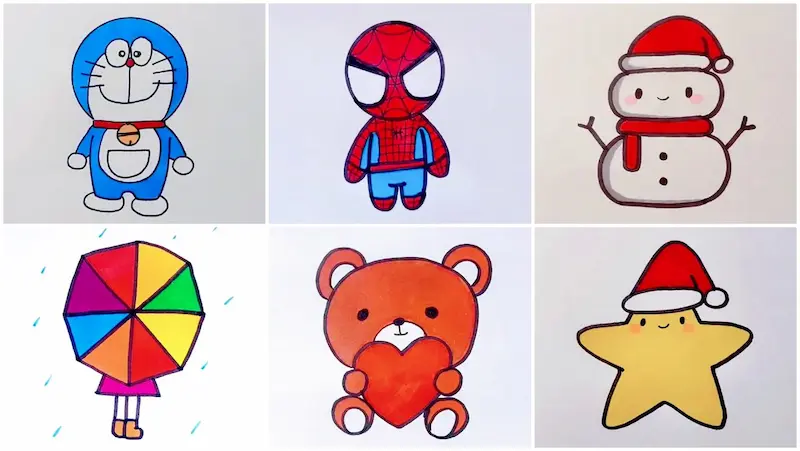
Top Art Supplies for Kids
To get started with art projects, here’s a list of essential art supplies that parents can stock up on:
1. Drawing Materials: Pencils, erasers, and sharpeners are fundamental for sketching and outlining. Consider getting a set of colored pencils for added variety. Drawing ideas for kids can include their favorite animals, turning the paper into a canvas for their imagination to roam.
2. Paint: Watercolors or acrylic paints are versatile options for children. Include a variety of basic colors to allow for mixing and experimentation.
3. Paintbrushes: Provide a range of brush sizes, including flat and round brushes, for different painting techniques. Synthetic brushes are suitable for water-based paints.
4. Paper: Stock up on different types of paper, such as drawing paper, watercolor paper, and construction paper. It’s also helpful to have a sketchbook or a pad for more structured projects.
5. Scissors and Glue: Child-safe scissors and non-toxic glue sticks or liquid glue are essential for cutting and pasting in collage projects.
6. Markers: Washable markers in various colors are perfect for bold and vibrant drawings. Look for markers specifically designed for children.
7. Clay or Play-Dough: Modeling clay or play-dough allows children to explore sculpture and tactile creativity. Opt for non-hardening clay for reusable fun.
8. Smock or Apron: Protect your child’s clothes with a smock or apron to prevent stains from paints or other art materials.
9. Ruler and Tape: These tools come in handy for precise measurements, creating straight lines, or securing artwork.
10. Storage and Organization: Consider getting containers or bins to keep art supplies organized and easily accessible.
Remember, it’s not necessary to have all the supplies at once. Start with the basics and gradually expand your collection based on your child’s interests and projects. The goal is to provide a well-rounded selection of materials that inspire creativity and exploration.
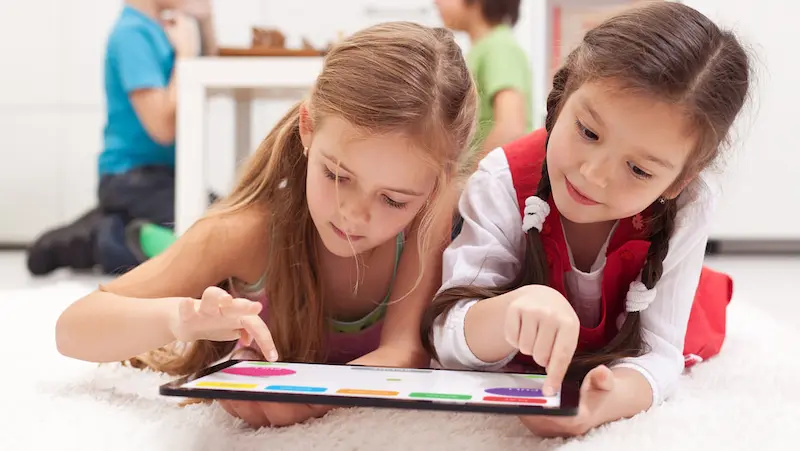
Art Techniques for Kids
Here are some easy art techniques that kids can learn to develop their artistic skills:
1. Drawing Basics: Teach children basic drawing techniques such as lines, shapes, and shading. Encourage them to practice drawing everyday objects or their favorite characters to improve observation and hand-eye coordination.
2. Watercolor Wash: Introduce children to the beautiful world of watercolors by teaching them how to create a wash. Start with wetting the paper, then apply a gentle stroke of color across the damp surface. Experiment with blending colors and creating gradients.
3. Collage: Collage is a fun and versatile technique. Provide children with various materials like colored paper, magazines, fabric scraps, and buttons. Encourage them to cut out shapes, patterns, or images and glue them onto a surface to create unique compositions.
4. Printmaking with Found Objects: Explore printmaking by using everyday objects like leaves, fruits, or textured materials. Dip these objects in paint and press them onto paper, creating interesting patterns and textures.
5. Oil Pastel Blending: Oil pastels are vibrant and blendable. Teach children how to layer colors and blend them together using their fingers or blending tools. This technique allows them to create beautiful textures and gradients.
Also, In coding classes for kids young learners get hands-on experience creating games, apps, and interactive projects.
6. Salt Texture: Introduce children to the unique texture effects of salt. After painting with watercolors, sprinkle salt on the wet paint. As it dries, the salt absorbs the pigment, creating fascinating patterns and textures.
7. Stenciling: Stenciling is a great way to create precise shapes and designs. Provide children with stencils or help them create their own. They can use brushes or sponges to apply paint over the stencil, revealing the desired image.
8. Paper Mosaic: Cut or tear colored paper into small pieces and show children how to arrange them to create a mosaic. They can glue the paper pieces onto a surface to form images, patterns, or abstract designs.
9. Resist Art: Introduce the concept of resist art using crayons or oil pastels. Children can draw or color on a piece of paper, then apply a watercolor wash over it. The waxy crayon resists the paint, creating a stunning effect.
10. Dot Painting: Using cotton swabs, round sponge tips, or even their fingertips, children can create art by making dots on paper or canvas. This technique allows for precision and can be used to create detailed images or vibrant abstract patterns.
Remember, the key is to let children experiment and have fun with these techniques. Encourage them to explore their own style and ideas while providing guidance and support along the way. Art projects for kids often involve transforming everyday items like cardboard boxes and paper plates into fantastic creations.
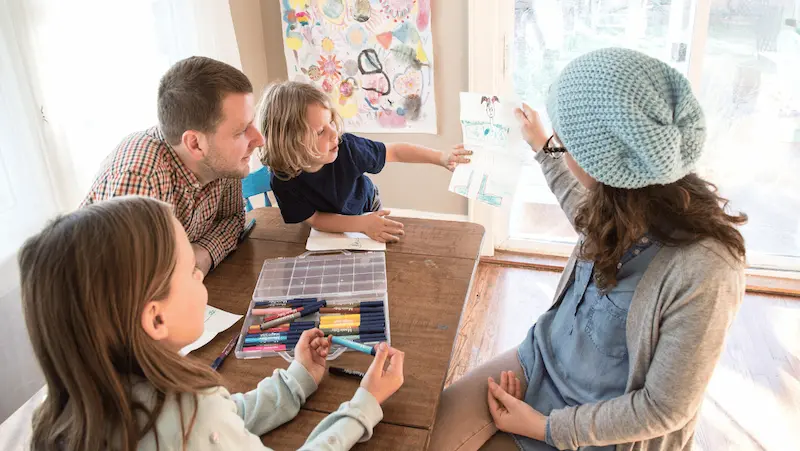
Fun Art Projects for Kids
Here are some fun and engaging art projects that parents and children can enjoy together:
1. Nature Collage: Go on a nature walk to collect leaves, flowers, and small branches. Back at home, create a collage by arranging and gluing these natural materials onto a piece of cardboard or canvas.
2. Salt Dough Sculptures: Make salt dough by mixing flour, salt, and water. Shape the dough into sculptures and let them air dry or bake them in the oven. Afterward, children can paint and decorate their creations.
3. Bubble Wrap Printing: Cut bubble wrap into small squares or rectangles. Dip them into washable paint and press them onto paper or fabric to create textured prints.
4. Family Portraits: Have a fun family portrait session! Let children draw portraits of each family member using pencils, markers, or crayons. Encourage them to add personal touches and capture each person’s unique features.
5. DIY Tote Bags: Start with plain canvas tote bags and provide fabric markers or acrylic paints. Children can design and personalize their own tote bags, creating functional and wearable art.
6. Rock Painting: Collect smooth rocks and paint them with colorful designs, patterns, or inspirational messages. Children can use acrylic paints or waterproof markers to decorate the rocks.
7. Recycled Art: Encourage children to turn recyclable materials like cardboard boxes, plastic bottles, or egg cartons into works of art. They can create robots, sculptures, or even a mini city using their imagination.
8. Paper Quilling: Teach children the art of paper quilling. Show them how to roll and shape thin strips of colorful paper to create intricate designs, shapes, or even 3D objects.
9. String Art: Use a wooden board or canvas, and hammer nails along the outline of a shape or design. Then, children can weave colorful strings or embroidery floss around the nails to create vibrant and textured artwork.
10. Artistic Shadow Play: Set up a light source, such as a lamp, and place objects or cut-out shapes in front of it. Children can trace the shadows cast on a piece of paper and use their imagination to embellish and transform them into unique artwork.
These art projects offer opportunities for creativity, collaboration, and quality time together. Parents and children can bond while exploring different art forms and unleashing their artistic abilities. Creating patterns like zigzags, polka dots, and stripes can be a fun and creative approach to easy drawing for kids.
Art Tutorials for Kids
Here are step-by-step tutorials for two art projects:
How to Draw a Cartoon Character
1. Start by sketching a large oval shape for the head.
2. Add two smaller circles inside the head for the eyes. Leave some space in between for the nose.
3. Draw a curved line below the eyes for the nose and a small curved line underneath for the mouth.
4. Add two curved lines on top of the head for the eyebrows.
5. Draw two curved lines on each side of the head to create the ears.
6. Now, draw a basic body shape below the head using simple shapes like rectangles or ovals.
7. Add arms and legs by drawing curved lines extending from the body.
8. Time to give your character some personality! Add details like hair, clothes, and accessories.
9. Once you’re satisfied with the sketch, go over the lines with ink or a darker pencil to finalize the drawing.
10. Erase any unnecessary guidelines and add color using markers, colored pencils, or paints.
Drawing for kids is a wonderful way to nurture their creativity and help them express their ideas visually.
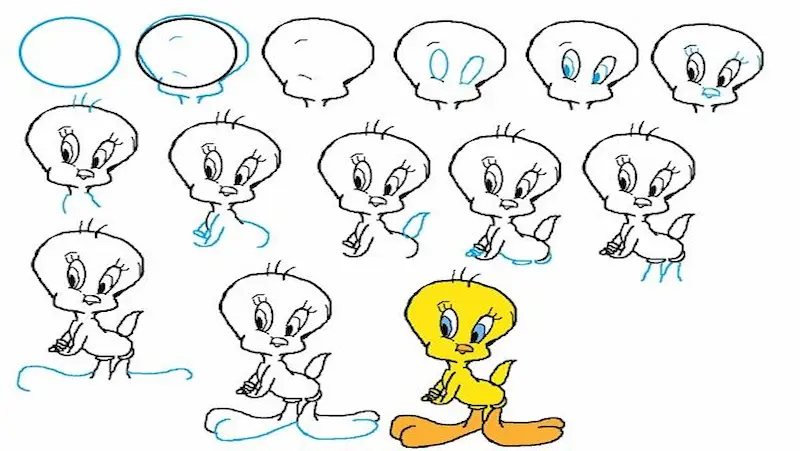
How to Make a DIY Birdhouse:
1. Gather materials: a small wooden box, a wooden dowel, wood glue, a drill with a small drill bit, sandpaper, and paint.
2. Sand the wooden box and dowel to smooth any rough edges.
3. Decide on the entrance size for your birdhouse and drill a hole in the front panel.
4. Glue the dowel horizontally below the entrance hole to create a perch for the birds.
5. If desired, paint the birdhouse with non-toxic outdoor paint. Let it dry completely.
6. Once the paint is dry, find a suitable location outdoors to hang or mount the birdhouse. Ensure it is secure and protected from predators.
7. Add some nesting material, like twigs or dry grass, to attract birds.
8. Sit back and observe as birds find a cozy new home in your DIY birdhouse!
Remember to adapt these tutorials based on the age and skill level of the child. Encourage creativity and provide assistance as needed. At the art hub for kids, parents can develop their parenting skills while engaging in creative activities with their children. Have fun with the projects!
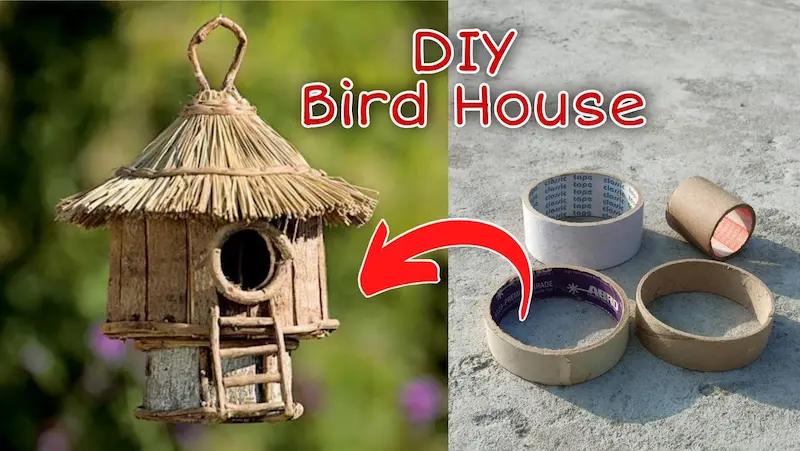
Conclusion
In conclusion, engaging in art activities with children is a wonderful way to foster their creativity, imagination, and artistic skills. By providing them with the necessary art supplies, introducing various techniques, and embarking on fun projects together, parents can create lasting memories and nurture their children’s artistic development.
Art offers numerous benefits, including cognitive, emotional, and social growth, as well as fine motor skill refinement. So, let’s encourage children to explore their artistic potential, embrace self-expression, and experience the joy of creating art. Through art, we empower them to see the world with a fresh perspective and unlock their boundless creative potential.
To get your hands on more such educational and free resources on coding for kids, robotics, game development, etc., do check out the Brightchamps Blog Page now!’
Give Your Child the Gift of BrightChamps: Where Robotic Adventures, Financial Wisdom, and Coding Creativity Combine for an Exceptional Educational Journey!
Frequently Asked Questions
An art hub for kids is a platform or resource specifically designed to provide creative children’s art ideas, projects, and guidance for children to explore and engage in various forms of art.
An art hub can benefit your child by providing inspiration, guidance, and a platform to explore their creativity, develop artistic skills, and gain confidence in self-expression through engaging art projects and resources.
To create an art hub for your child, you’ll need art supplies like paper, paints, brushes, markers, clay, scissors, and glue. Additionally, consider providing storage containers and a dedicated space for art activities.
Encourage your child to explore different types of art by exposing them to various mediums, visiting art galleries or museums, providing art books or tutorials, and engaging in art-related discussions and activities together.
Yes, safety considerations when setting up an art hub for kids include using child-safe art materials, providing appropriate supervision, ensuring proper ventilation, and following guidelines for age-appropriate art activities to avoid potential hazards.

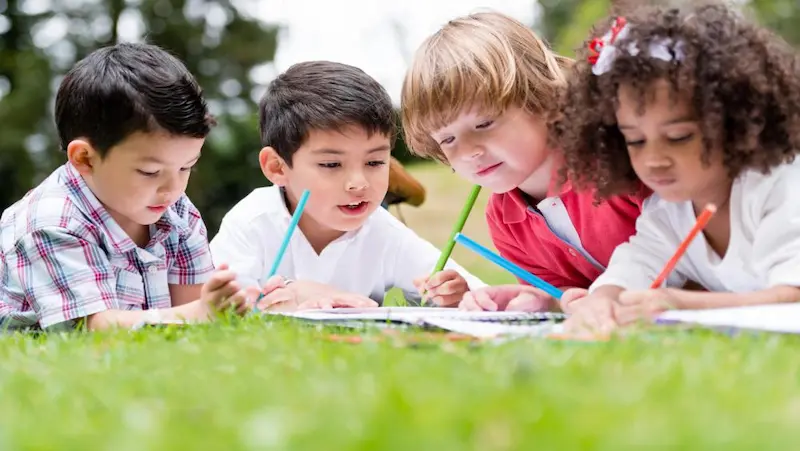
 We are an army of educators and passionate learners from BrightChamps family, committed to providing free learning resources to kids, parents & students.
We are an army of educators and passionate learners from BrightChamps family, committed to providing free learning resources to kids, parents & students.












